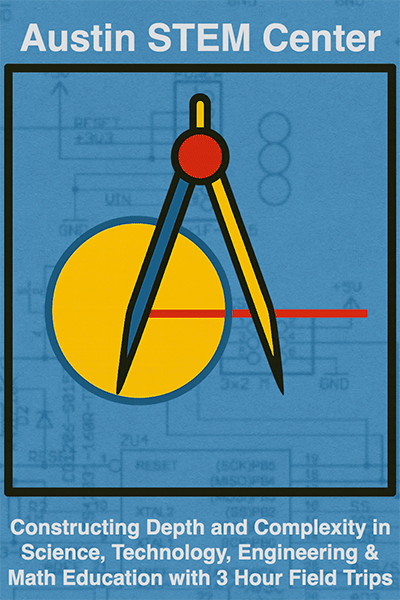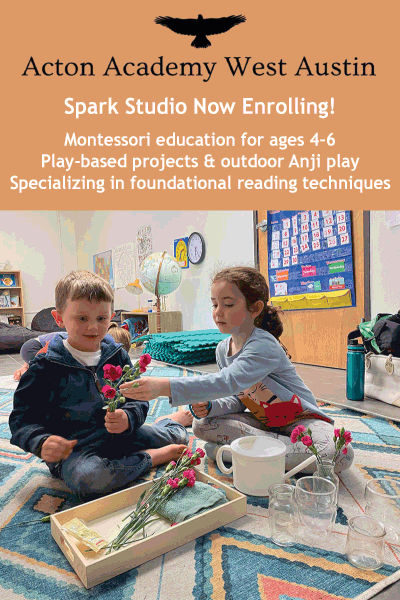Looking for the roots of children’s mental health crisis: A conversation with psychotherapist Louis Weinstock
/I recently had a chance to chat with U.K-based psychotherapist Louis Weinstock, who has written a new book about helping children deal with the anxiety, depression, fear, and stress that seem to plague our 21st-century lives. The book, How the World Is Making Our Children Mad and What to Do About It (Penguin, 2022), is full of real-world examples from Weinstock’s 20-year career as a therapist, and he offers practical exercises in every chapter.
Weinstock approaches the questions parents and kids face with compassion, humor, and a sense of deep connection to history, myth, and spiritual practices from a variety of cultures. The book is structured around seven patterns that can be seen all over the world and that “shape our lives in unconscious ways.” The patterns include victimhood, virtual reality (a desire to escape our bodies and live only in our minds), narcissism, scarcity, anesthesia, chaos, and hopelessness. In each case, Weinstock examines the negative “roots” of the pattern and the more positive “fruits” that can turn the pattern into something beautiful and nourishing. So, for example, the root of victimhood is a feeling of helplessness, which can, in the right environments, turn into empowerment and strength. The root of virtual reality is the desire to escape the confines of our bodies, which can, in the right environments, turn into a feeling of being at home in our bodies and in nature.
Weinstock explains that the problematic roots of each pattern always connect to an unloved, uncared-for part of each of us. As he says in the conclusion of How the World Is Making Our Children Mad, “The world is making our children mad because it is short-circuiting our capacity for love. And so the way to help our children is by reclaiming love.”
Here is a short excerpt from my chat with Louis, which has been lightly edited. I asked a few questions inspired by topics that come up often in connection with alternative education models.
Q: Can you tell me a little about your perspective on the movement to encourage “resilience” or “grit” in kids as part of school curricula? In your book you seem to question the value of those approaches.
A: I started questioning the ideas of resilience and grit because I saw the kids who weren’t adapting easily to the dominant systems of education were the ones deemed “unresilient.” These children were being sent to me as a therapist or came to me when I was teaching mindfulness. Essentially, it seemed that the goal of making the kids more resilient was to allow them to keep going through the system . . . and to make sure the schools were doing well in the league tables [evaluations].
I think the concepts of resilience and grit are problematic because they just look at the individual child but completely ignore what’s going on in the environment around the child. I’m not throwing out the idea that we need to help our children be “tough” and expose them to some reasonable risks so they can grow and develop. But from my perspective, if a child is not adapting to a mainstream school, maybe their behaviors and symptoms are actually showing us adults something important that we need to listen to. Rather than trying to put them back in a box they’re uncomfortable in, we need to try to listen to those symptoms and see the intelligence in them. Maybe the children are showing us that something isn’t working in their environment, not that something isn’t working within them.
Q: You talk a lot about making sure children are sensing what’s happening in their bodies when they feel anxious, afraid, depressed. And I know that you believe that putting our bodies back in connection with nature is one key to feeling better and learning better. Tell me a little more about that.
A: Forest schools are quite popular in the UK, just as they are in the United States and Europe, but they are still alternative options, not mainstream. What is surprising to me is how much people still underestimate the impact nature has on our kids’ mental health. I ask parents how often their kids go out into nature, and often they say they do not go outside at all. So, I frequently make that part of a care plan. Research is showing that even 20 minutes a day is all that’s needed to make that connection, and it can be in a city park—there’s no need to seek out a wild forest. Often, time in nature is more effective than ADHD medication.
I think the reason time spent in nature is so good for us is simply because we are part of nature, and a lot of our modern way of living cuts us off from that part of ourselves. I used to have a practice on a houseboat in London and there was nature all around and I could use that during my meetings with clients. Since COVID, I see clients online, but I often give kids and parents a “prescription” to get out in nature and connect.
Q: Is there any particular change you see happening in schools today that you find especially good for kids’ emotional and psychological health and happiness?
I was just thinking and writing about this recently and considering how much things have changed since I was a child. When I was at school, if you were emotionally dysregulated you were sent to the naughty corner or given the slipper. The shoe of one of my classmates was used to smack people right at the front of the classroom. It could not have been more about shaming children, and it was the norm.
But now, my young daughter is learning about “zones of regulation,” a concept that is now a model used in schools around the world. The model uses colors to help children understand and describe the emotional state they are in. For example, yellow means they are feeling silly and funny. Green means they are feeling good and ready to learn. Red, of course, means they are angry, and blue means they are sad. This is such a non-shaming way of talking about feelings, and I think it’s quite positive.
I’d like to thank Louis for the conversation. You can order his book from any bookstore and read his blog here. He is currently working on a new charitable project called Apart of Me, that uses a mobile app and games to help children learn to deal with grief and loss. The most recent addition to that project is an app called Nadiya, specifically for Ukrainian children who have faced the trauma of war.
“At Apart of Me, we use technology only to enhance real-world connection and relationships,” said Louis. “We don’t want the future of kids’ mental health to be them looking at a screen alone in a dark room.”
Shelley Sperry | Sperry Editorial
















